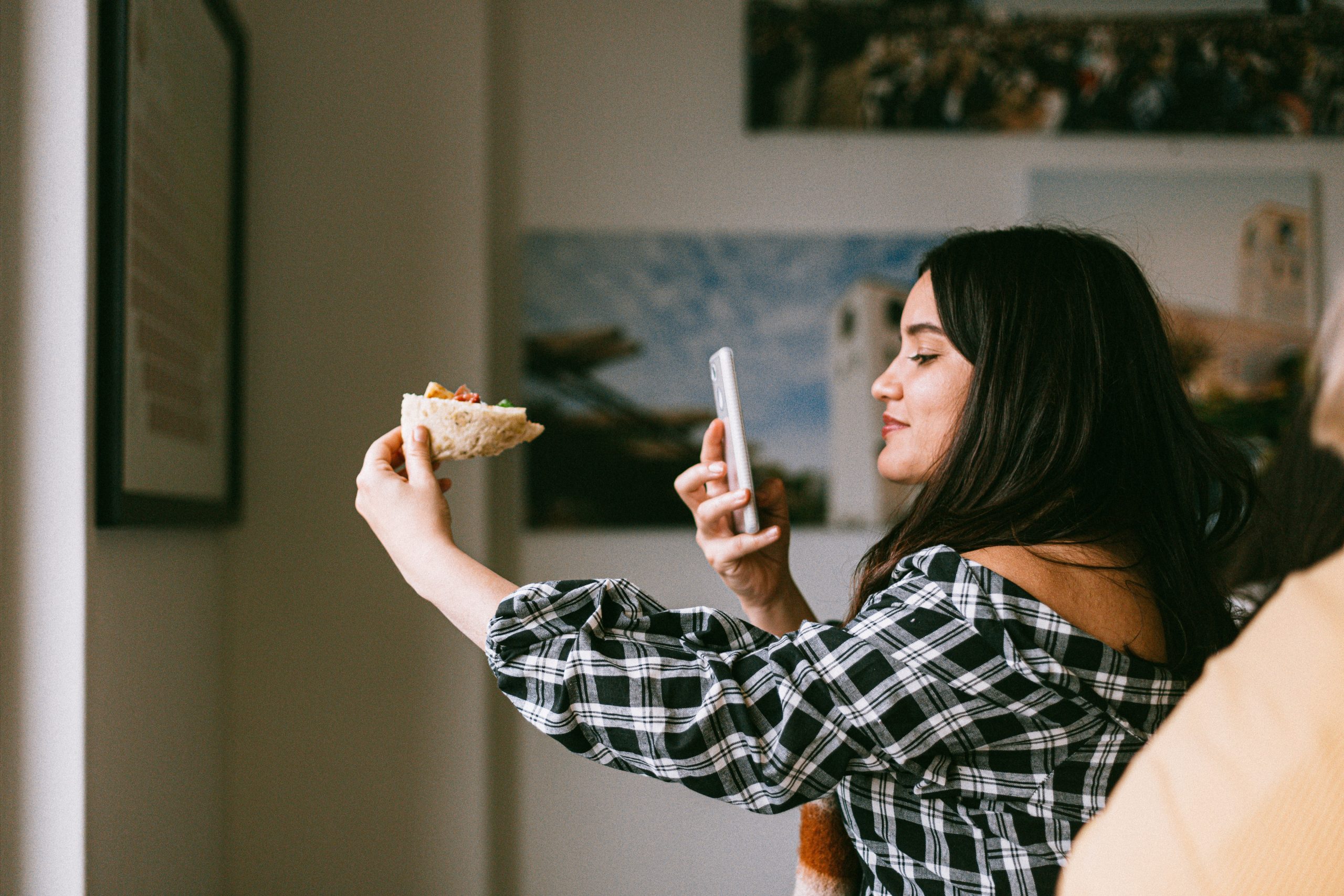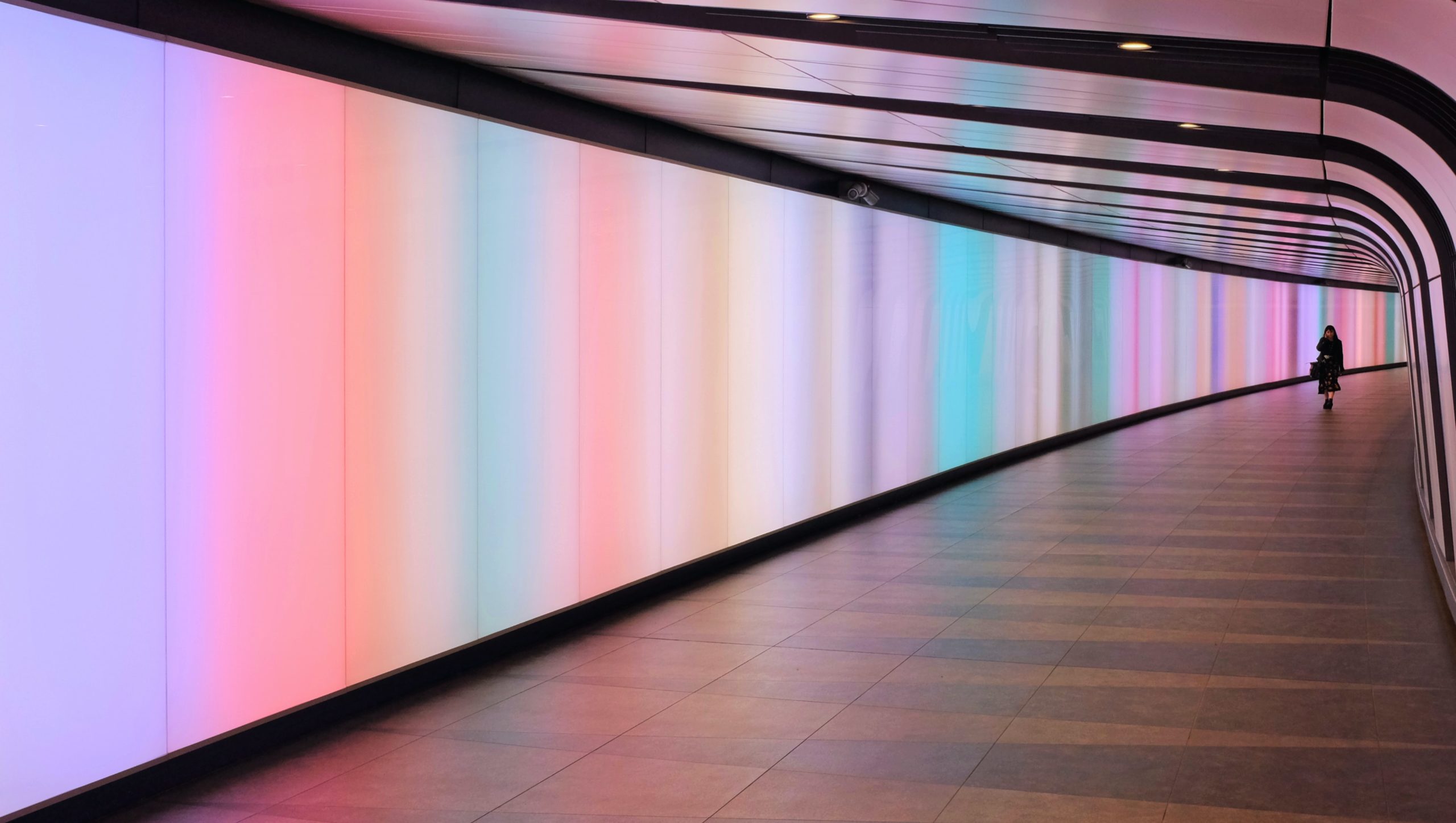Brand Archetypes – from Outlaw to Magician, Hero to Caregiver and the Link to Your Business Strategy
 Marketing strategy
Marketing strategy

“There isn’t any significant difference between the various brands of whiskey, or cigarettes or beer. They are all about the same. And so are the cake mixes and the detergents, and the margarines… The manufacturer who dedicates his advertising to building the most sharply defined personality for his brand will get the largest share of the market at the highest profit.” – David Ogilvy
What is a Brand Archetype?

The sage, the magician, the hero and the caregiver – these are just a few of the twelve core archetypes used to guide modern brand personalities. These twelve characters were outlined in a famous book titled The Hero and The Outlaw published in 2001 by Carol S. Pearson and Margaret Mark. This book outlines how archetypal characters can create a strong corporate identity both internally and externally.
The notion of archetypes were first proposed by Cal Jung under the name of Jungian Archetypes – images and themes which have universal meanings across cultures which may show up in dreams, literature, art or religion.
For the brand strategist, these archetypes make our lives easier – these characters already embed core patterns, behaviours, look and feel and that pin a brand into more concrete parameters.
For the consumer, the archetypes resonate at a primal level. These archetypes are already embedded in our collective consciousness – they have always been around us through the stories told in books, movies, fairy tales or legends, often constructed in a similar way, presenting similar types of characters.
The moment we recognise the archetype, we can imagine the values, what to expect from them.
Brand archetype examples

For the full list and explanation for each brand archetype, check out this article: Is Your Brand a Rebel, Lover or Hero? | Inc.com
Caregiver brand archetype: Starbucks (the locations are meant to be “home away From home” – cozy, warm and welcoming)
Outlaw brands must often walk a fine line, as they can sometimes be perceived as offensive. But their intention is to disrupt the status quo of the industry or society. Red Bull is definitely an outlaw brand – they promote extreme sports, they push the boundaries everytime.
VICE is a great example of an outlaw brand archetype in television. VICE redefines news, makes ground breaking documentaries and current affairs programming for young audiences.
Apple is not an outlaw, it’s a Creator. A creator is mostly afraid of mediocrity. The creator brings in the market things we never asked for, but they are exactly what we need.
The Explorer – North Face and Patagonia are brand which invite you to your next journey in nature. The explorer always craves adventure and wants to discover the world.
Why should you care about your brand’s archetype?
As mentioned previously, archetypes tap into our universal human desires. Using them right you can:
1. Give your brand a clear position – the archetype will really amplify or correct a view on a brand. Choosing a brand archetype can help brands really establish themselves in the eye of the current as well as prospect customers.
2. Instantly engage your audience (at an unconscious level) – The brand archetypes take the generic the sales pitches and value propositions and transforms them into a character that people understand.
3. Save time and money – The brand archetype can give you that edge and really differentiate you in a busy market landscape.
I believe that every company, regardless of the size, should do the brand archetype workshop, discovers brand archetype and starts building a long lasting story.


